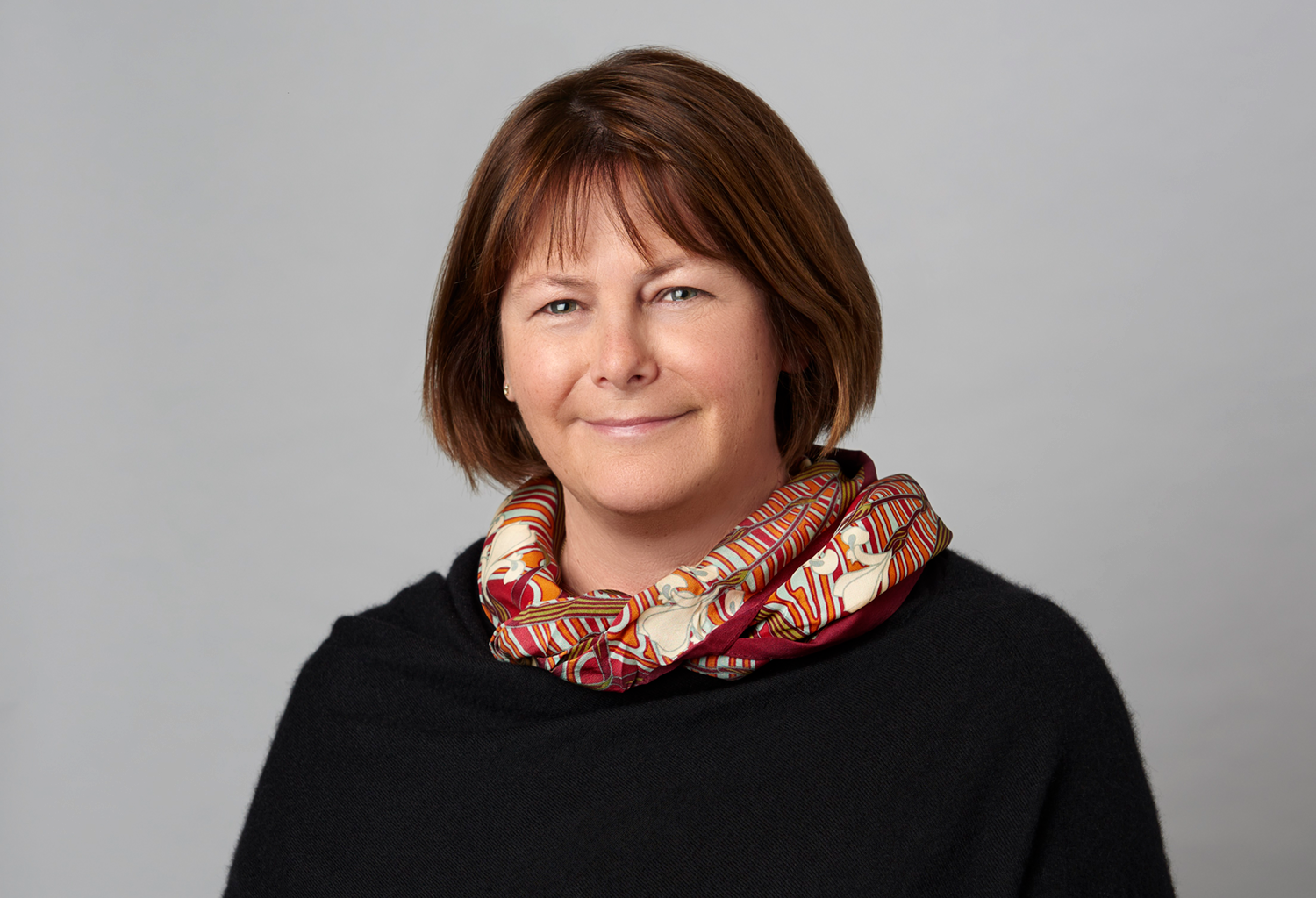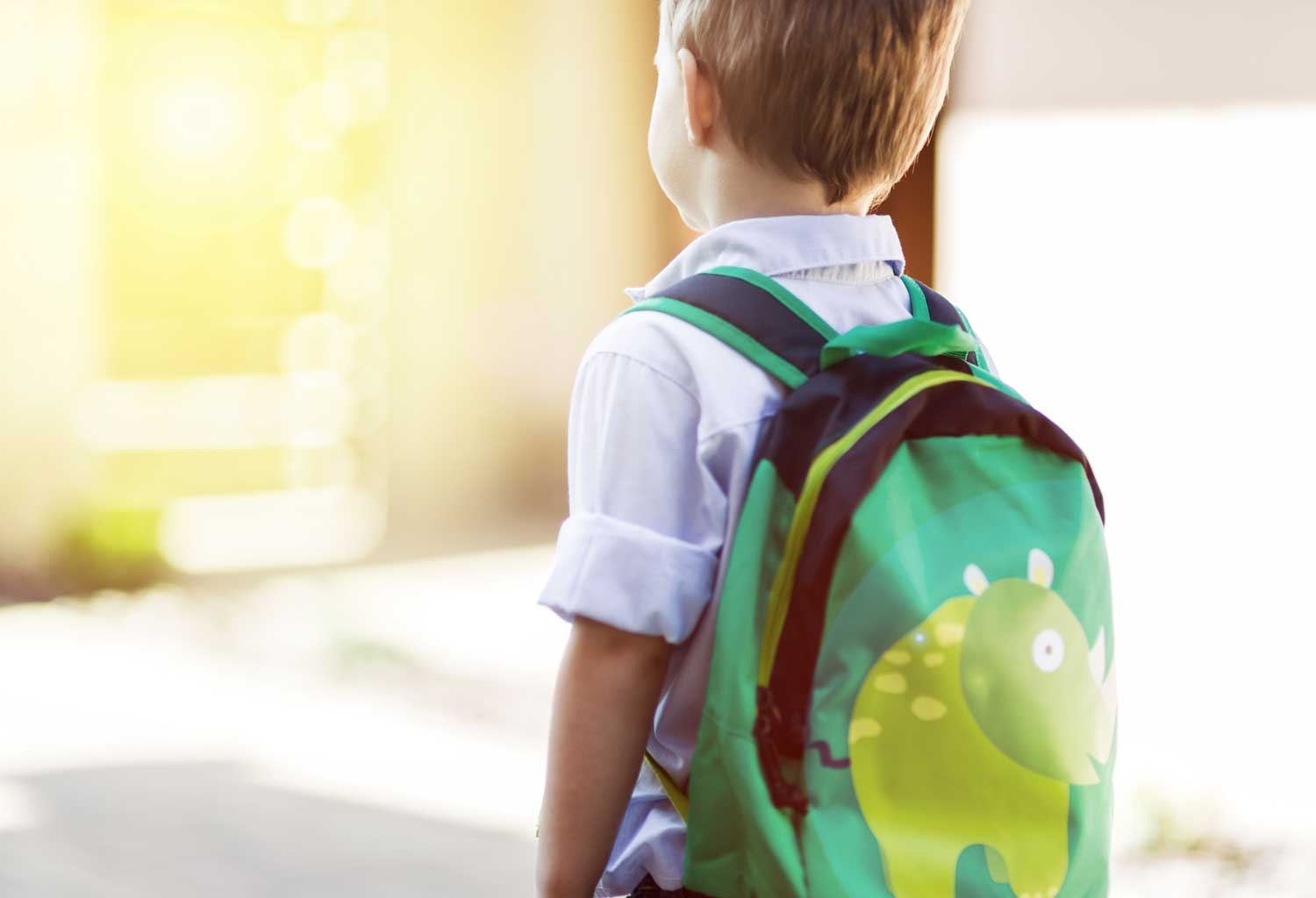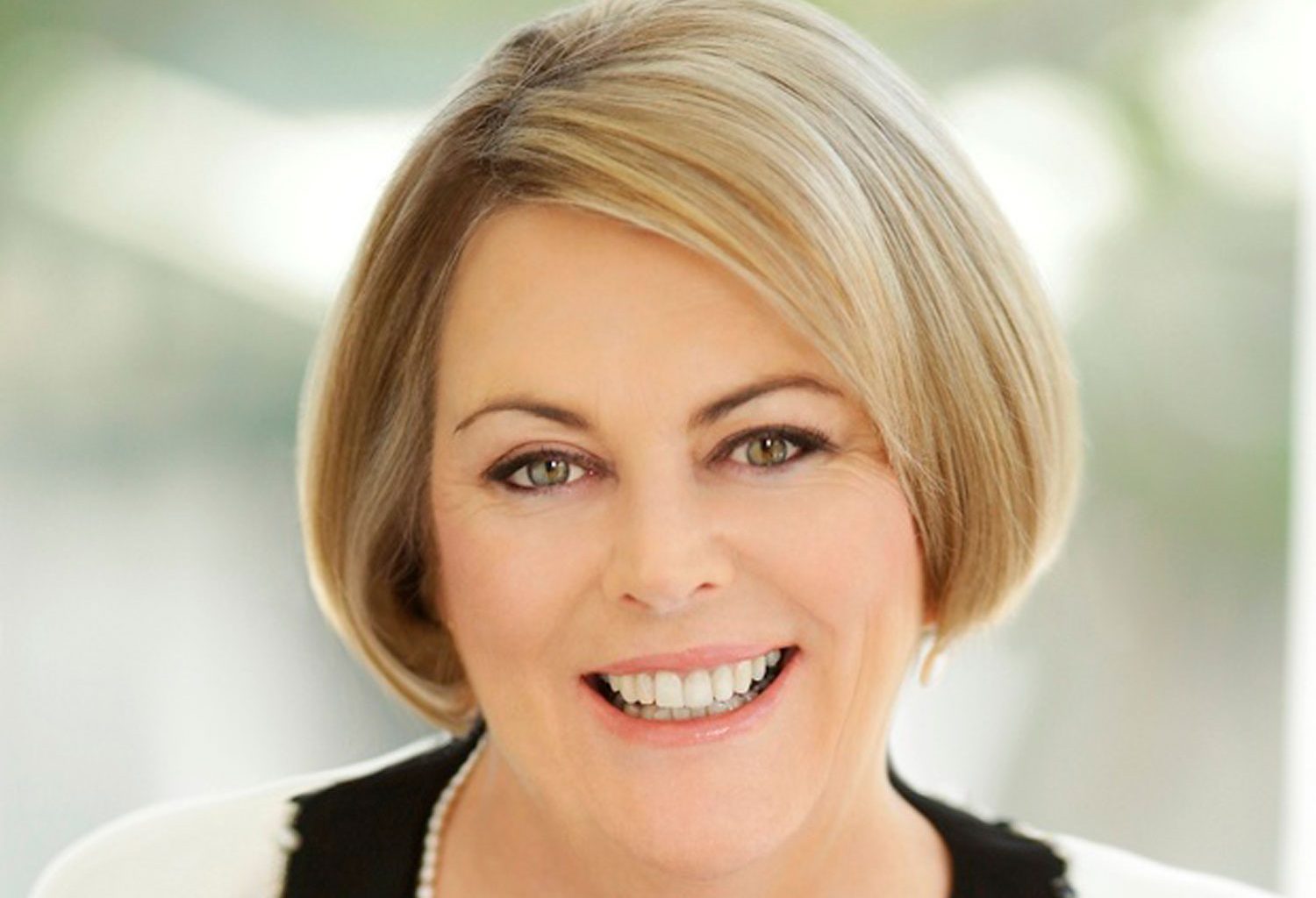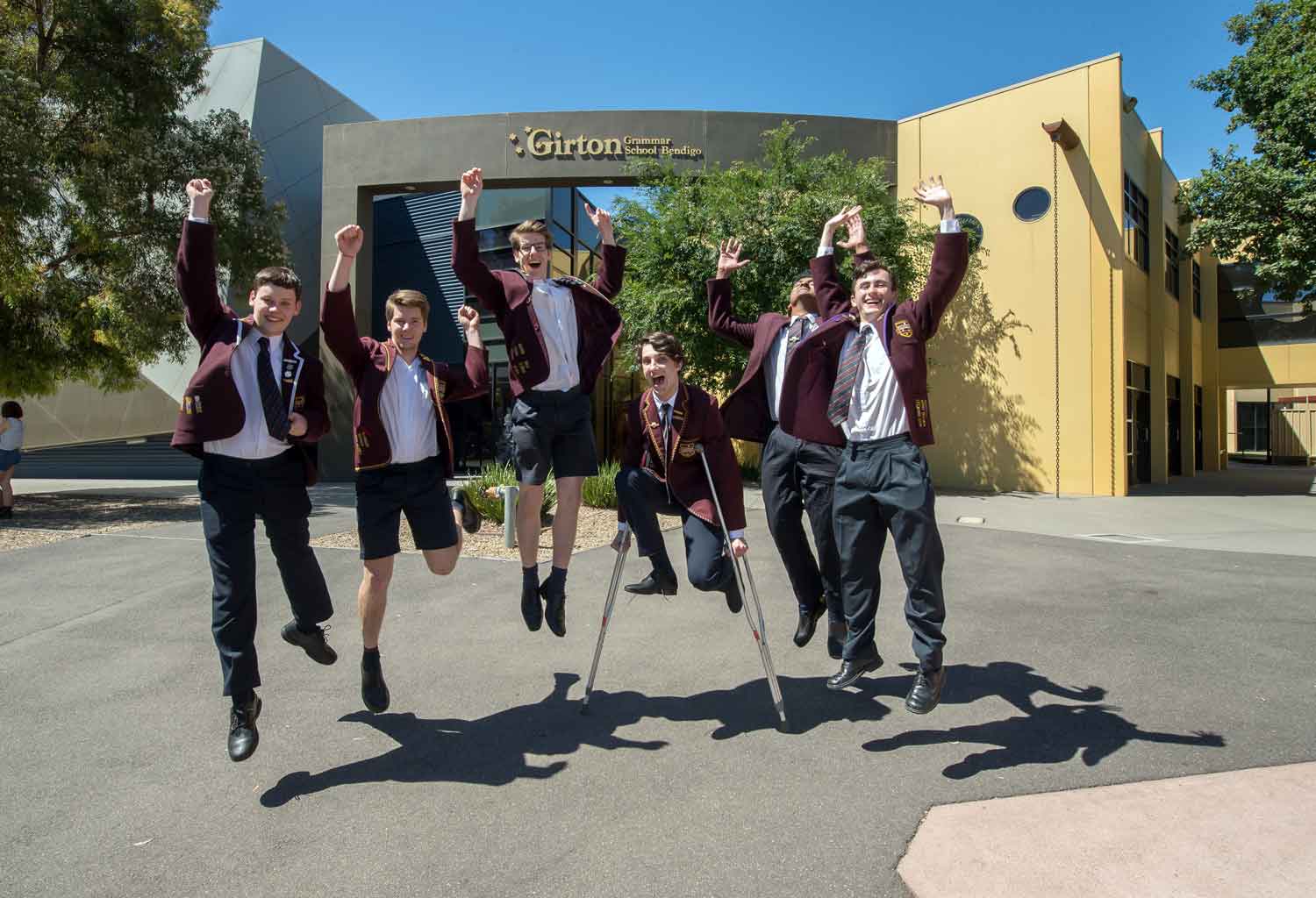Student wellbeing: it's in good hands

3 min read
It’s possible for parents to be concerned but, at the same time, reassured by recent accounts of the wellbeing of students.
Measures to enhance student wellbeing – their positive mood, confidence, resilience, sense of security and mental health – are now being applied in most schools in all education sectors.
The role of Independent schools in this area is highlighted by a new report issued by NAB Economics, based on a survey of 91 Independent schools across the country.
Schools in the survey assessed the wellbeing of students in four areas: their satisfaction with their lives, feeling their lives overall are worthwhile, their happiness in the past week, and their levels of anxiety.
Overall, schools in the survey believe their students are coping only ‘moderately’ well with anxiety.
One cause for concern is the finding that only 62 per cent of girls in secondary schools have a strong sense of wellbeing, and more than 55 per cent experienced anxiety.
It found that the biggest negative impact on student wellbeing did not relate to their experience at school; rather it related to family conflict or breakdown. Other negative impacts were bullying, the health of loved ones, their popularity, their friends and peer pressures.
As I said, these findings naturally will concern parents.
At the same time, the survey makes clear that Independent schools are aware of the issues and are dealing with them.
‘While it’s very clear that our children are anxious, most schools are not only aware of this issue but are proactive in attempting to manage it,’ the NAB report says.
‘With anxiety a key detractor from student wellbeing, it is very encouraging that a significant number of Independent schools have formal (structured, timetabled, embedded in curriculum) or informal “wellbeing” programs to improve student and school outcomes,’ the report says.
Around 90 per of the schools surveyed have wellbeing programs in place.
The number and variety of these programs is extraordinary, ranging from ‘big brother/big sister’ schemes; the employment of chaplains, counsellors and psychologists; dedicated ‘wellbeing times’ during the day; student wellbeing committees and more structured programs.
The generally encouraging news from the NAB Economics survey was reinforced by positive media reports focusing on innovative wellbeing initiatives undertaken by a number of Victorian Independent schools.
One development that attracted widespread media attention was ‘Failure Week’ at Ivanhoe Girls’ Grammar School, which began with teachers sharing with students accounts of their worst failures.
The week aimed to curb a trend in which students felt they had to be ‘perfect’, and concerned only with academic results and achievement. Instead, it aimed to build resilience so that students are more prepared for the challenges of the world outside school.
Other media focused on the new community hub at Melbourne Girls Grammar that integrates academic study, fitness coaching and wellbeing programs, and the wellbeing program at Kingswood College that integrates mind, body and spirit.
These stories, and the work of many other Independent schools, give us cause for optimism. It’s worth noting that the NAB Economics report is sub-titled: ‘Australia’s future is in good hands’.
Michelle Green was Chief Executive of Independent Schools Victoria from 2002–2023.



